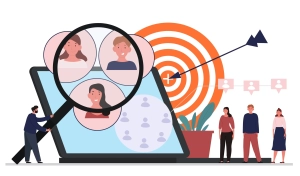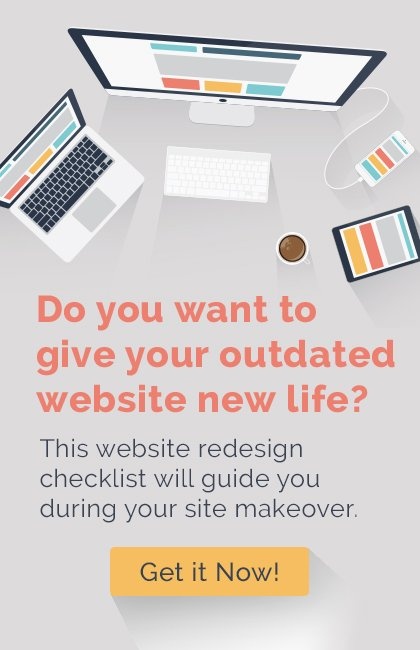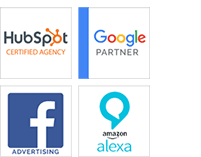
Creating Advertising Strategies That Work
Advertising is an integral ingredient in marketing for building a successful business. It’s how you make your business, products, or services known to your target audience. You must devise creative advertising strategies if you want your customers to choose your products or services over the competitors’.
While there are many ways to advertise, your chosen strategy must fit your brand objectives. This post looks at some advertising strategies in marketing and guides you on creating one that works for your business.
Defining an Advertising Strategy
An advertising strategy is an action plan that aims at the following:
- Building brand awareness
- Attracting new customers
- Inviting existing customers to make multiple purchases
- Increasing sales.
Your advertising strategy is part of your comprehensive marketing plan. They must align with your company goals and objectives and can be a mix of digital and traditional marketing channels. These are the two broad categories of advertising strategies. Traditional marketing entails using media like:
- Television ads
- Billboards
- Prints ads
- Direct mail
- Street teams
Digital advertising tactics include the following:
- Social media marketing
- Email marketing campaigns
- Content marketing
- Search engine optimization
- Pay-per-click advertising
- Social media marketing
- Influencer marketing
Steps to Creating Effective Advertising Strategies in Marketing
Having the most effective advertising strategy in marketing takes time to achieve. You must continually fine-tune your approach to determine the advertising methods that best engage your customers.
If you’re starting or want to overhaul your current advertising strategy, here’s a template you can use:
1. Identify Your Target Audience
Your advertising strategy should be about reaching out to the people interested in purchasing your products or services. Consider the specific demographics of this target group, including the following:
- Their gender
- Age
- Attitudes
- Personal values and attitudes
- Income levels
- Occupation.
With this information, you can create a buyer person or a fictional representative of the target customer base that your business wants to reach. The consumer profile of your target audience can give you an abstract idea of what your customers want. You can use this to shape your advertising message.
2. Determine Your Advertising Objectives
Once you identify your target audience, ask yourself why you want to advertise. There could be different goals to achieve through advertising, such as boosting sales, promoting newly launched products, or increasing website traffic. It could also be to create awareness about a product’s benefits.
Having clarity of purpose is a crucial step forward in the direction of creating an effective advertising strategy. Your marketing objectives can also inform your choice of advertising platforms, as different channels have varying outcomes.
3. Create Your Advertising Content
Once you determine what you want to achieve through your advertising strategy, it’s time to create content that helps you achieve this goal. Some factors to help in your content creation strategy are the following:
- Having an SEO strategy such as voice or video search for local and mobile SEO
- Keyword research for more insights into what your customers want to see
- Having a blog or website that you regularly update with relevant, educating, and engaging content
- Creating attractive landing pages that trigger a sales funnel for your business.
Influencers and content marketing agencies can help you craft relevant content that enables you to put your brand message out there. Forging partnerships with these professionals can help you reach your target audience in ways that automated content advertising strategies cannot.
4. Choose Your Advertising Platforms
In choosing your advertising platforms, consider those most helpful in reaching your target audience. In this digital era, only a tiny percentage of businesses will consider traditional marketing channels as their primary platforms. Digital advertising platforms are more likely to reach a broader audience and have a greater return on investment.
Consider incorporating a mix of advertising channels to test their viability for your business. Online marketing provides an array of advertising strategies, as previously mentioned. However, if you’re new to advertising, you’d rather stick to a few channels first.

Once you accumulate enough analytics and data from the channels, you can determine their effectiveness and consider branching out to other platforms. After testing the results, you can create a vibrant mix of responsive media for an effective advertising strategy.
5. Audit the Results and Keep Improving
Launching an advertising strategy is only the beginning of your business promotion strategy. You must also analyze and refine the various advertising methods you use. A/B testing is one of the approaches you can use. It entails showing different types of ads to similar customers. Then, you can gauge the messages with better click-through rates. Investing more in ad messages with higher click-through rates can yield better returns for your business.
Your marketing team should constantly be on its toes to review marketing campaign metrics. Consequently, it should engage in relevant targeting to reach a broad audience. Assessing and refining advertising strategies is an ongoing process as long as your business operates.
Effective Advertising Strategies in Marketing Are Crucial to Your Business Success
A business without a well-structured advertising strategy in marketing will fail because it lacks a systematic method of reaching its customers. An advertising plan creates brand awareness and tells your customers why they should choose your products or services, not your competitors’.
Creating a strategy that works and withstands the test of time can be complex, but the steps above can help you get started. With time, you can fine-tune the plan to add more steps depending on what works best for your business. You should eventually be able to automate your advertising strategy for marketing and reap from the investment.





















 will be more difficult for the agency to tailor your strategy to your specific needs. In fact, monitoring and evaluating marketing performance will become much more difficult as a result.
will be more difficult for the agency to tailor your strategy to your specific needs. In fact, monitoring and evaluating marketing performance will become much more difficult as a result.








